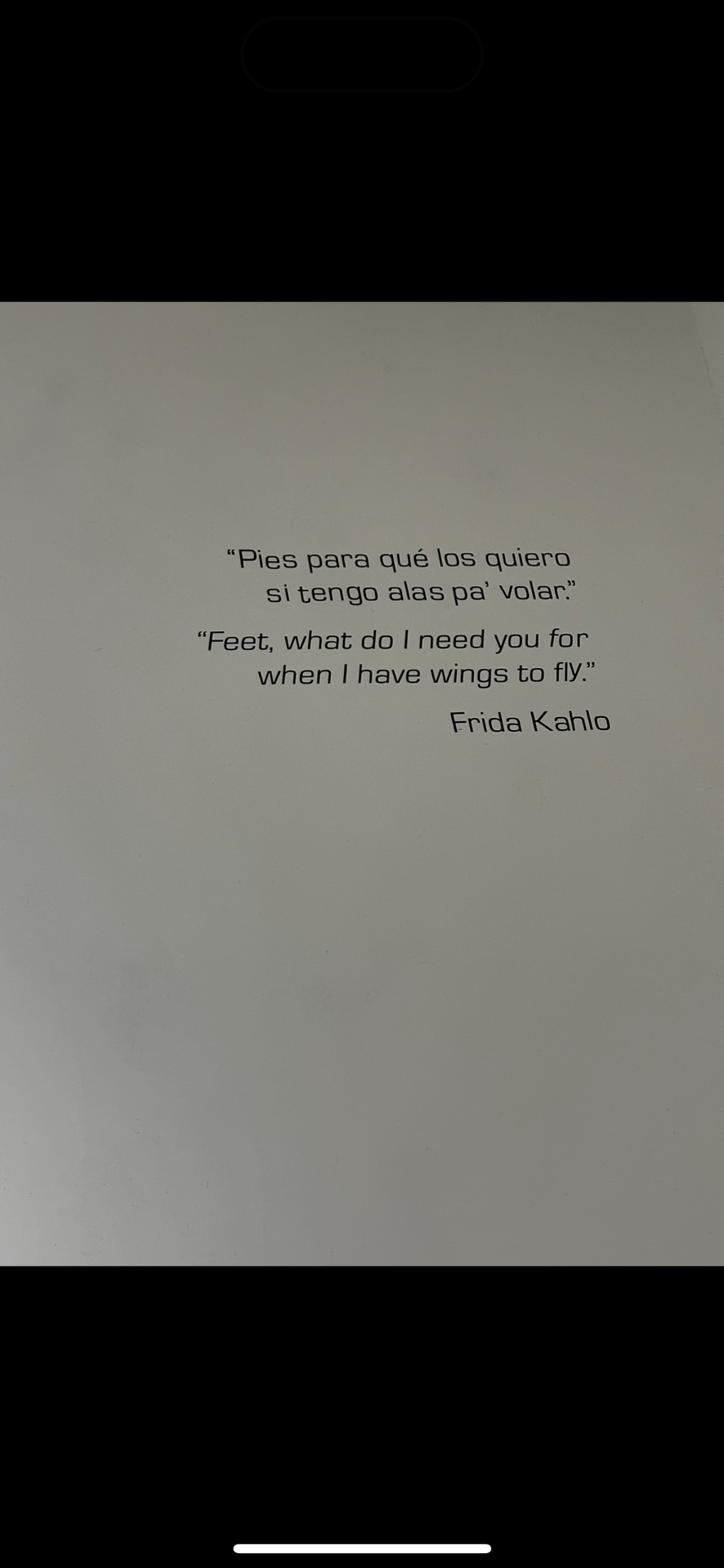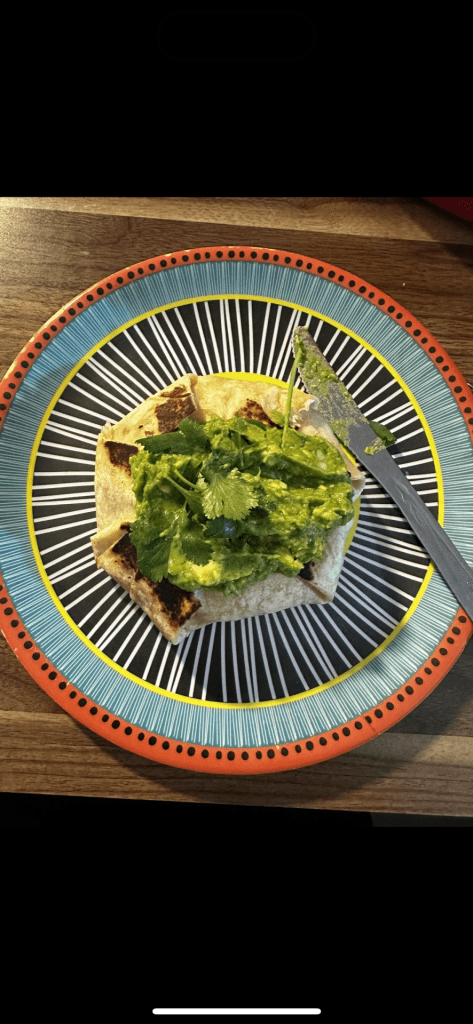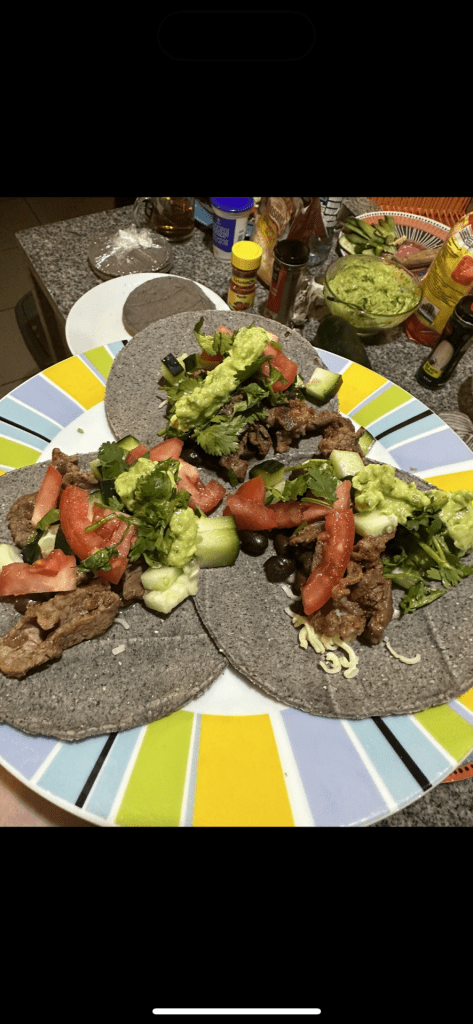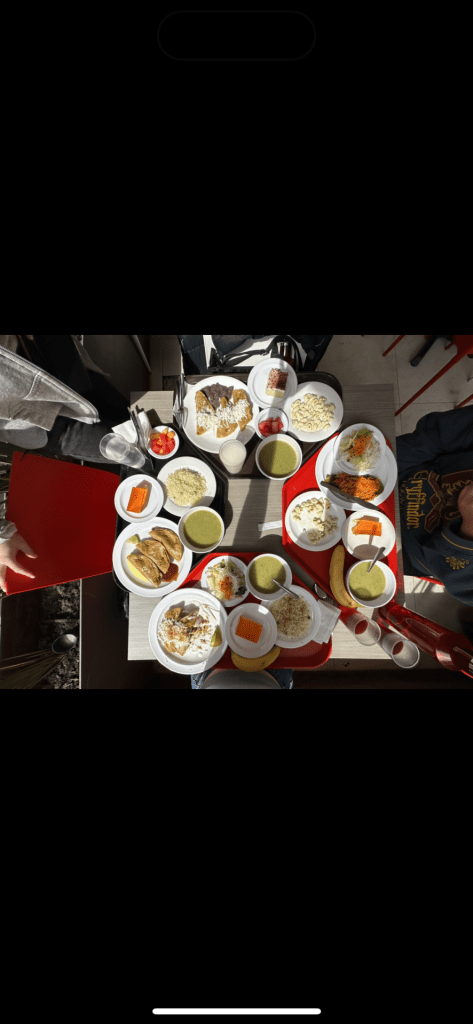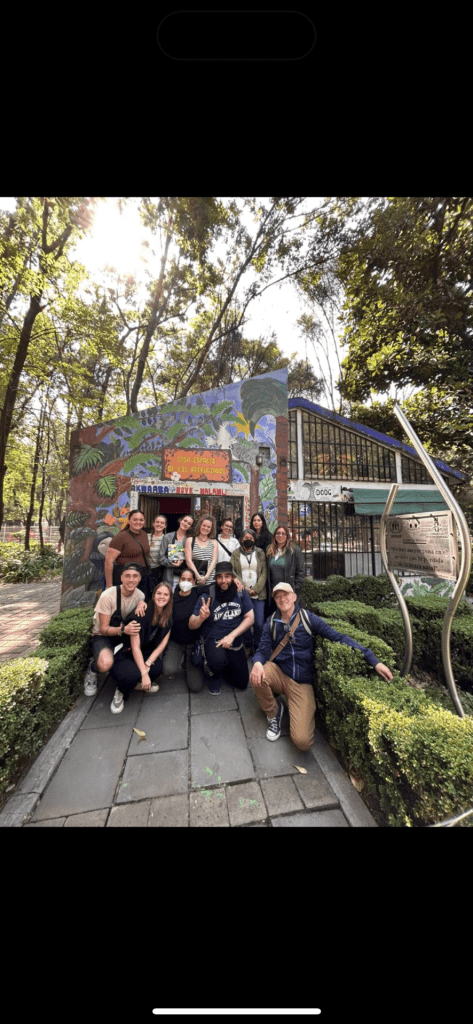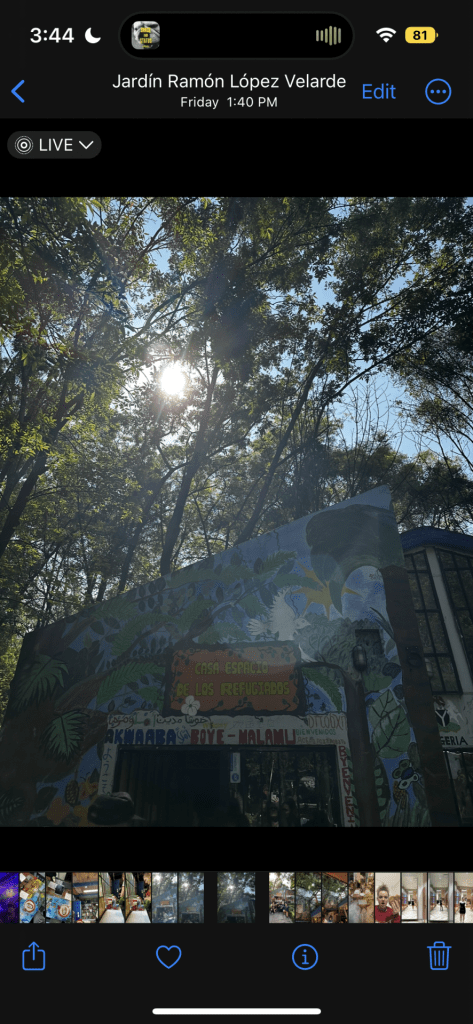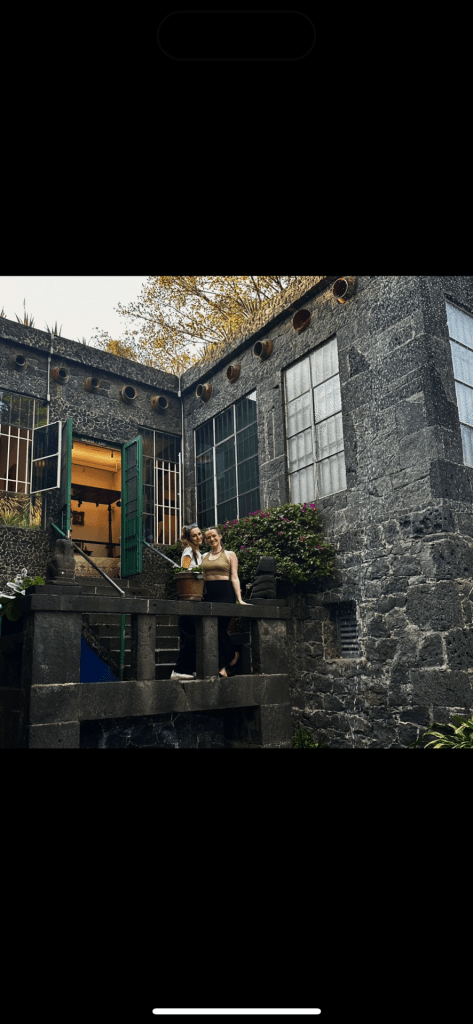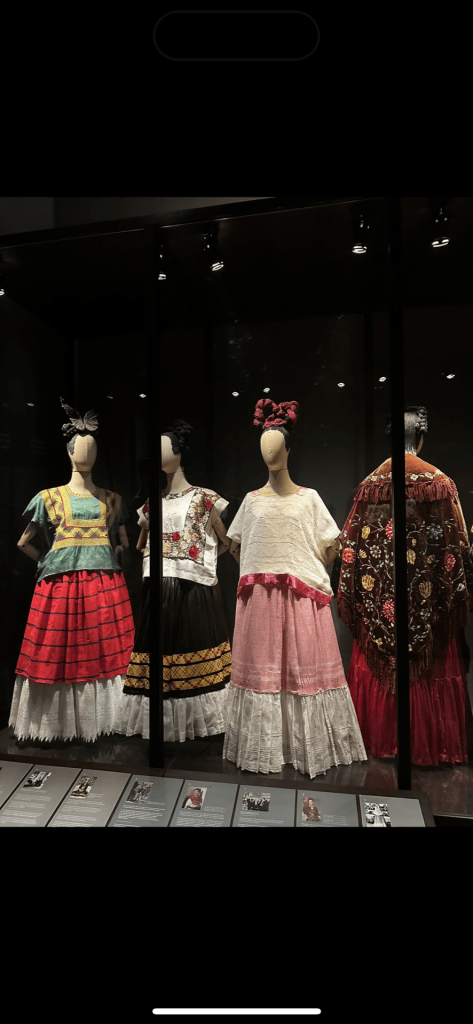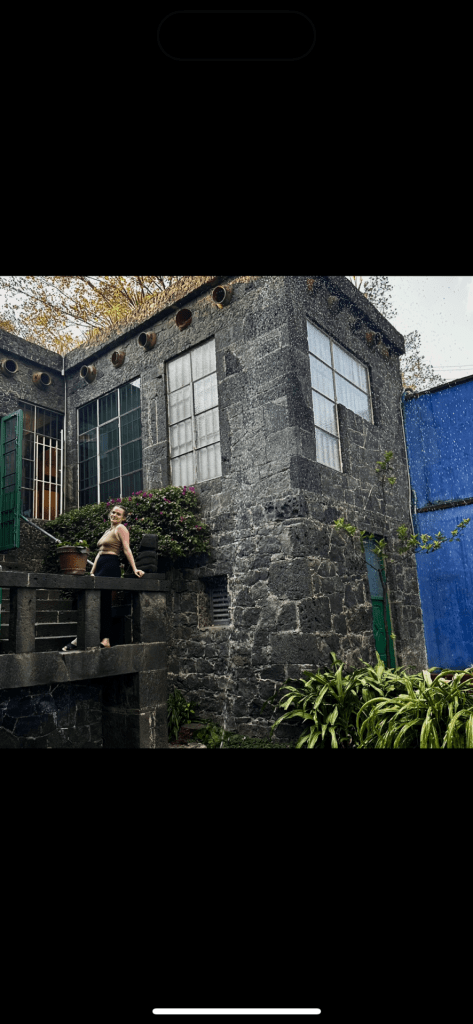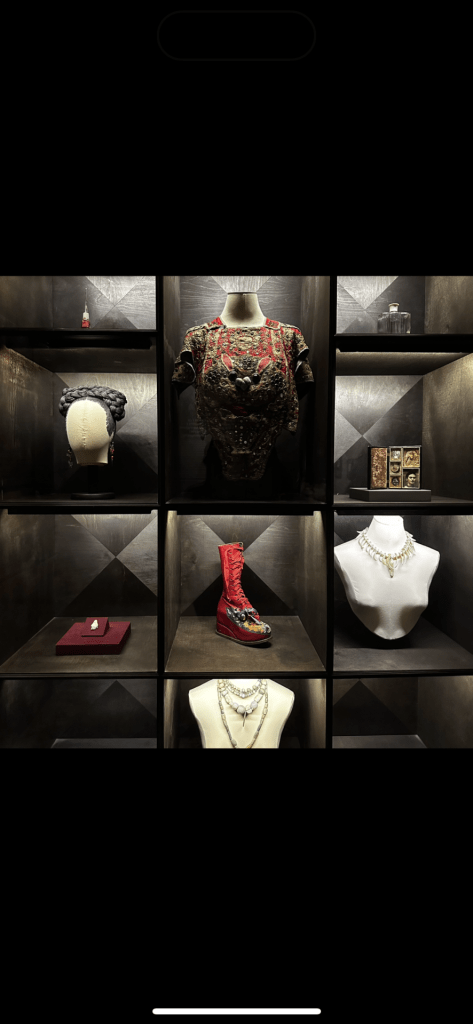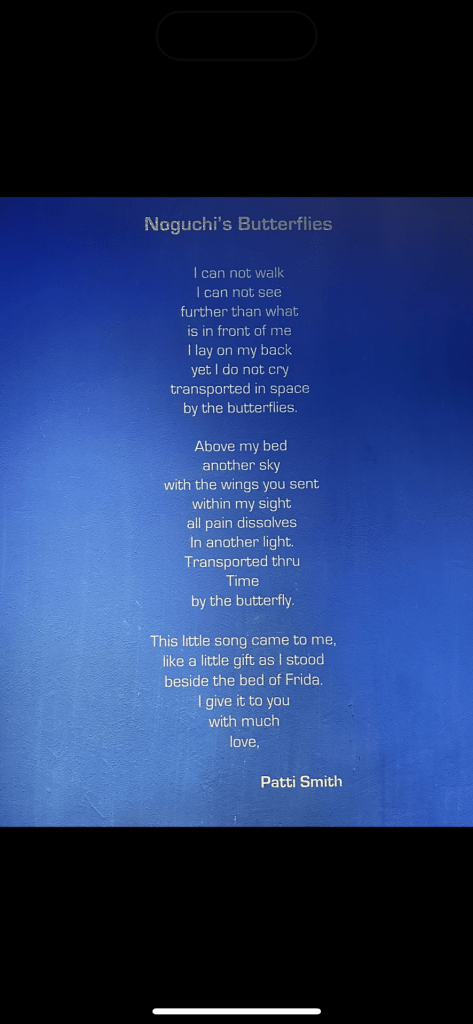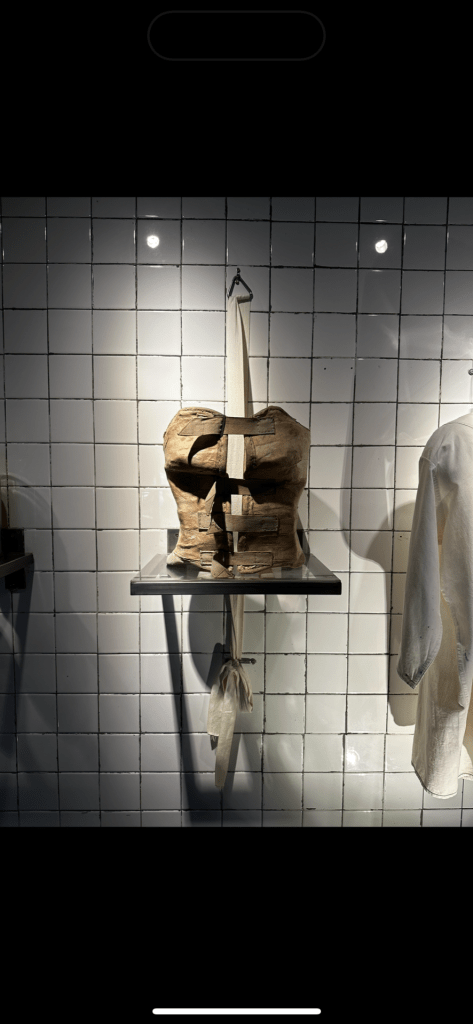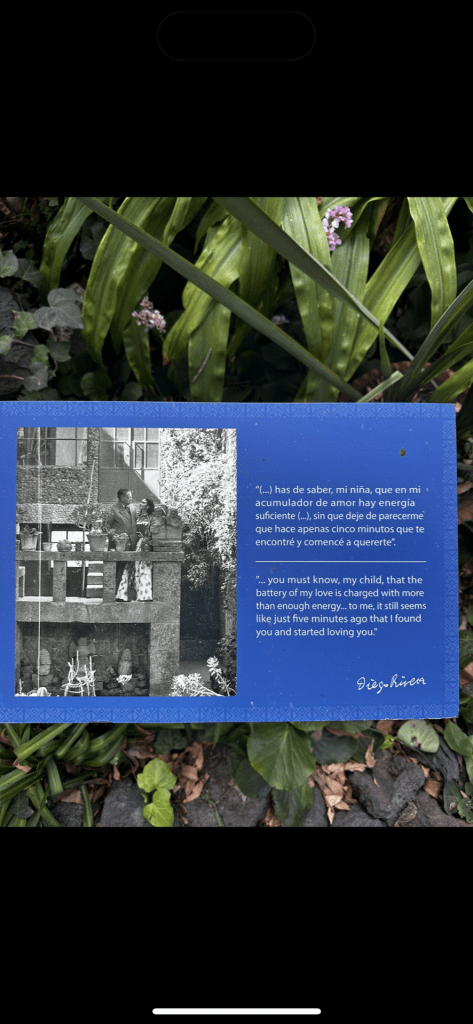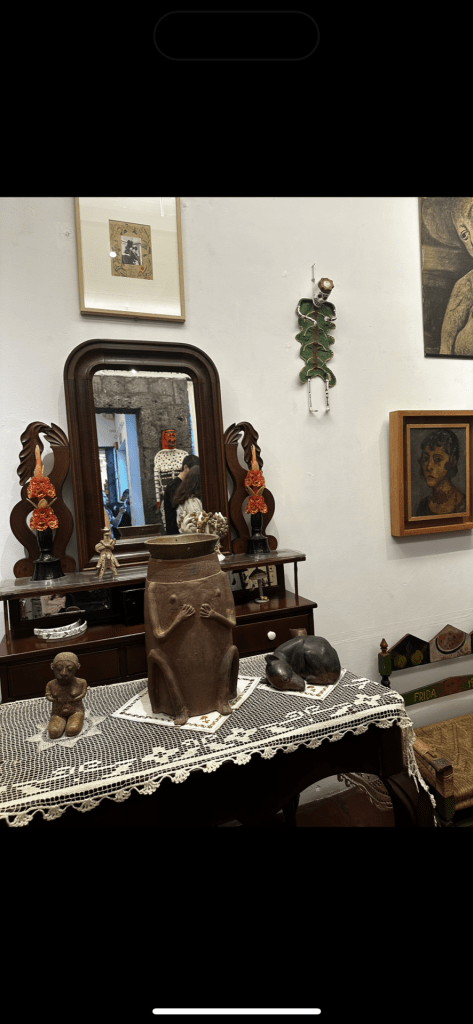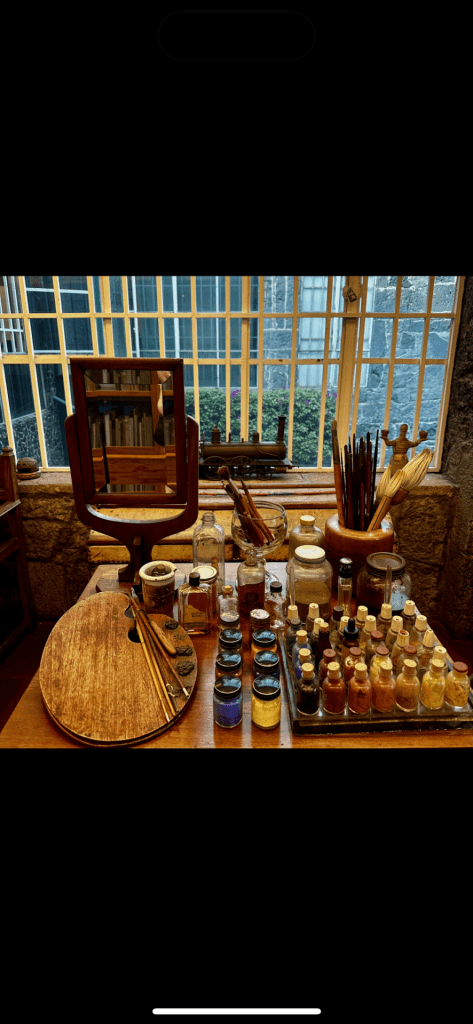Migration week
We are definitely settling in to México life. All altitude sickness and jet lag has calmed down significantly. Although we are still having our fair share of ‘travellers illness’ with half of our group struggling with something health wise. The university campus is even higher than México City (which is the same height above sea level as the summit of Mt Ruapehu) and I don’t know if its my exceptionally poor lungs or the lack of oxygen in the air, but breathing is a chore. At least we are getting used to the food, because it was definitely tough adjusting. Everything is either very sweet or very spicy here. Maria made us a pasta dish the other day with coconut cream in it. None of us could figure out why it was so sweet, we even questioned if she mixed up the sugar and salt. Turns out that coconut cream is not the main ingredient in coconut cream, its added sugar. For spice, our tolerance is getting a bit better, I have graduated from the mild tomato salsa to the slightly less mild one. Big steps. Maybe one day i’ll give medium a go.
We figured last week that doing meal plans was going to be very beneficial for our lack of time. We decided that between Laura, Reina, Maria and I, we would take one week night as our night to cook, while the others can get all university work and other chores done. So far I have made homemade crunchwrap supremes and beef tacos. Both dishes were amazing. I did try branch out and use blue tortillas but have very quickly found out from the mexicans in our hostel that heating tortillas in a microwave is a big no no. So I now at least know how to make tacos properly.
This week our uni focus was Migration which is not really a topic I know too much about. I honestly had low expectations for my interest in this week, not because migration is not important, just because human rights is my passion and starting with that really set the bar high. I was pleasantly surprised by my new found interest in refugee and asylum seeking stories and processes. The first part of the week was dedicated to understanding the actual differences of a migrant, refugee and an asylum seeker. This again being something I was not really clued in about. We then carried on thinking about how migration can effect human rights and also why people migrate. A majority of the time it is economic deprivation that drives people away from their home country. Whether it is because there is no jobs, no money, or no resources. Violent causes are also very prominent. What particularly fascinated me this week was the story about ‘Caravans’. These are big walking migration groups which originated around Honduras. Firstly organised in a whats app group with about 100 people, the caravans grew into thousands. All of these groups walking to reach the Mexico-US border in hopes of a better life. After walking for sometimes 12 hours a day, a lot of the time without sufficient food, water or places to sleep, reaching the border is still another mission in itself. The situation at the Mexico-US border is extreme and in need of more global recognition. People are constantly detained. Other migrants can spend months waiting to cross as only about 50-80 people are let through a day. I do not think that in New Zealand we realise the extent of this crisis and its ongoing implications within the Americas. The US are making this Mexicos problem, which is creating internal conflict between states of great migration like Honduras and El Salvador. This has more of a flow on effect for other social issues. As you can tell I have definitely developed a new passion for this topic and am so driven to learn more.
Our NGO visit this week was at Casa de Refugiados. They have many different branches across the state of Mexico, but the particular one we went to was a gorgeously coloured building situated in the middle of a park. We had a series of different workshops that allowed us to understand mainly representation, normalisation of violence and how we understand peace. This was fascinating because when they asked us the colour we associate with peace we said yellow and green which they have never heard before. In Mexico, peace is often associated with the dove and therefore the colour white. Even these slight cultural differences have been amazing to understand. We then had a workshop activity where the they asked us to write down where we want to be in 2028; goals, dreams and ambitions. We then wrote a list of the materialistic things needed to get there, but we could only choose five. Then we also had to state two people, two characteristics and a social value we have to get us there. We went through a story telling exercise following this where the city we lived in was taken over by rebels and we had to urgently cross over the border. Through this story we had to leave the people behind that we had written down, tear up our dreams and sacrifice our belongings to get through the border safely. It was a very confronting experience. We had to feel that sense of loss of belonging and identity which forced migrants experience daily. It was an eye opening day for sure. We then heard form one of the workers about her experience as a refugee too. After having threats made towards her due to her profession as a political journalist, she fled with her husband to Mexico. She remained living out of a suitcase for six months due to the uncertainty of her refugee status. I appreciated hearing her experience so much.
On Saturday we went to ‘Casa Azul’ or better known as Frida Kahlo’s house. She shared this house with her husband Diego. A pretty mind-blowing fact as well is Frida was actually born in that home and also died there as well; it was the beginning and end of her life. I was speechless the whole time being here. The art, culture and ambience was absolutely breathtaking; I had never quite felt emotion like that before in that kind of setting. All of her art was displayed beautifully and captured everything she emulated as a person, political and artistic figure. I have always been particularly empathetic to her life of health issues especially the ones related to her spine. I feel like she encapsulates a very positive but also pained expression of living with chronic pain. While on the outside you can see all the good she did in the world and the way she fought for many different groups, you also see a world of self-hatred. An inability to escape pain. She is someone I think I will always idolise. It was one of my top things to do on this trip so I feel very grateful that I go to have that kind of experience.
